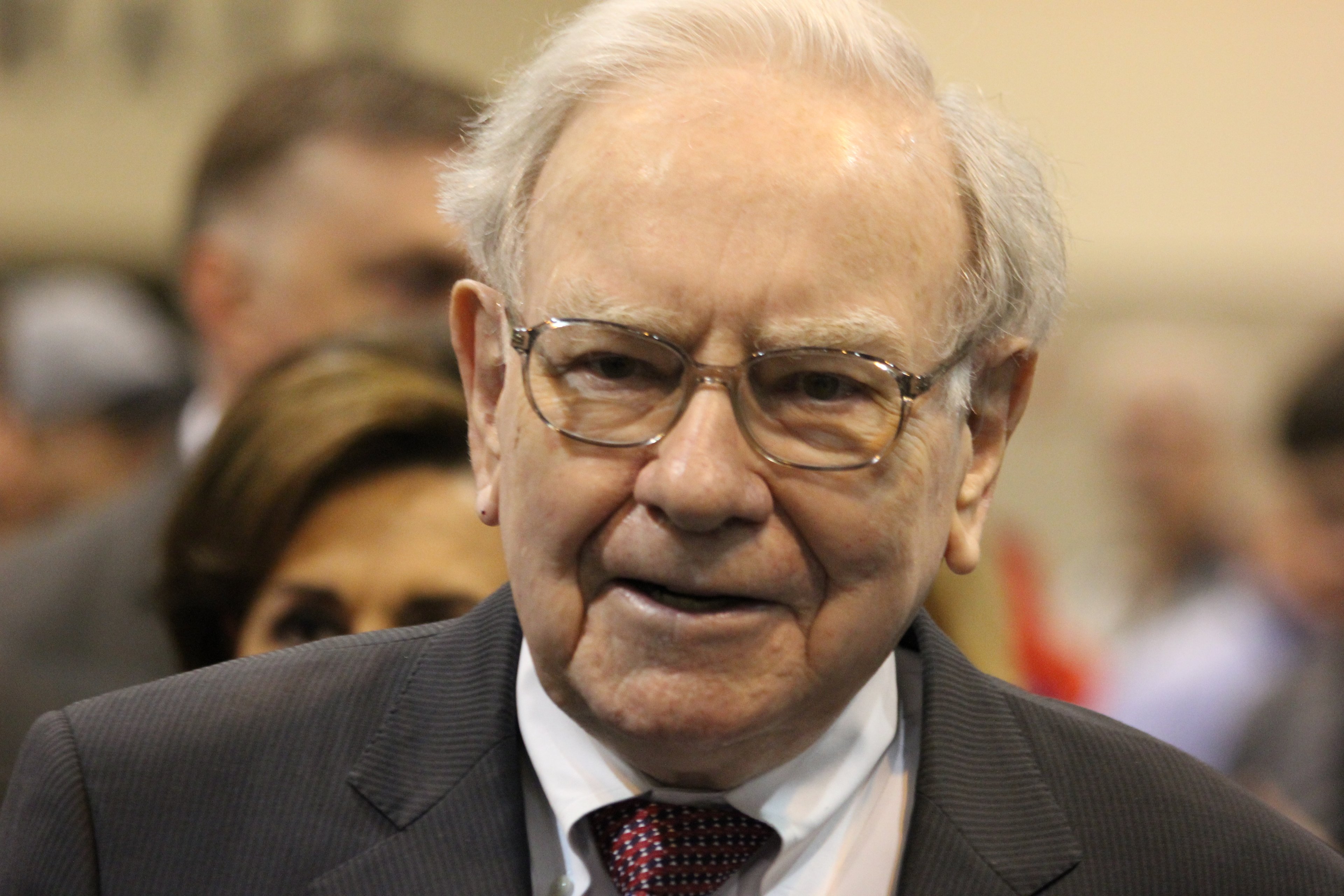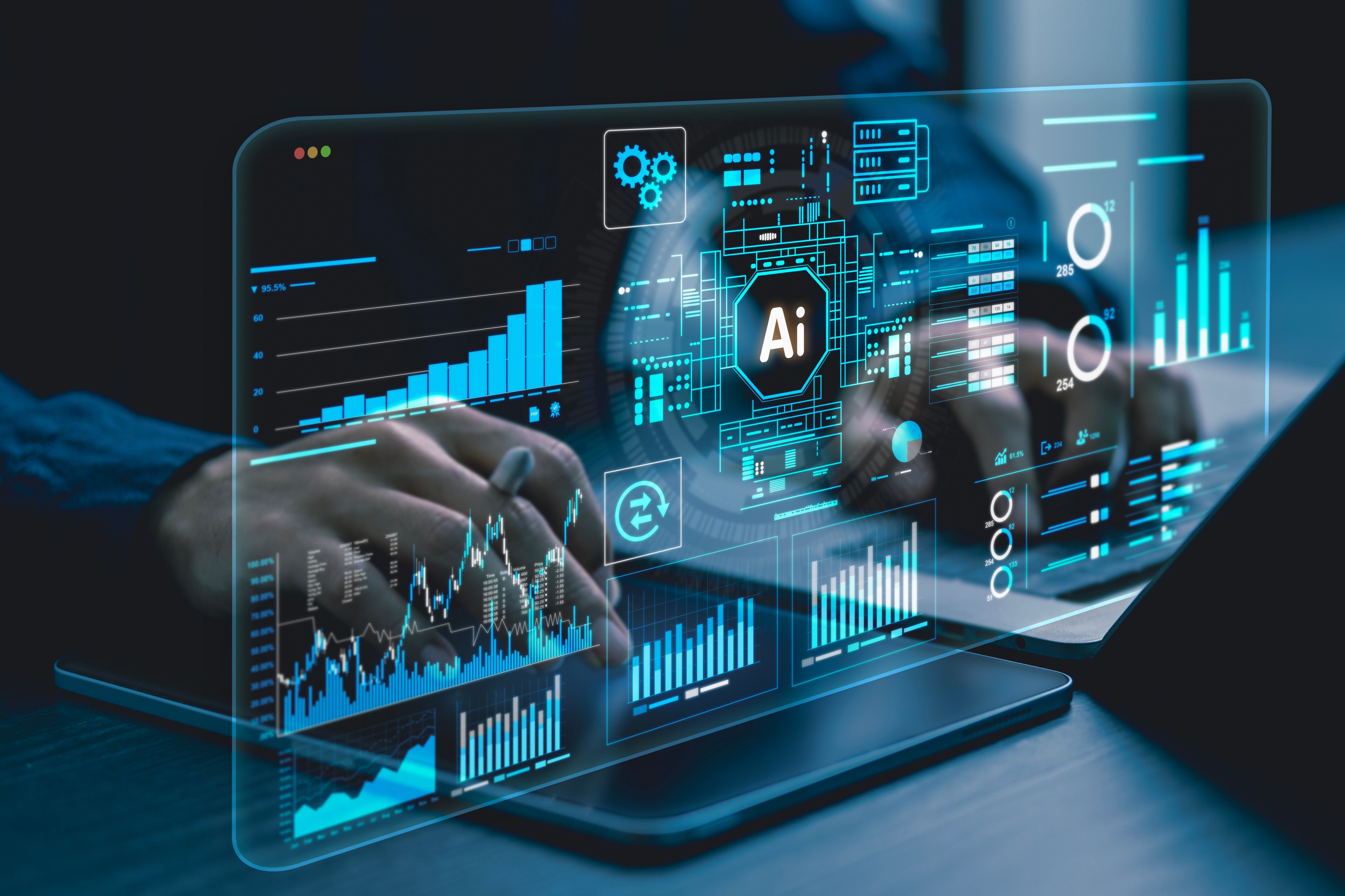The U.S. Department of Labor recently released its consumer price inflation (CPI) report for June. The inflation reading showed a 2.7% year-over-year increase, while core inflation (excluding food and energy prices) rose 2.9%.
Economists, including those at the Federal Reserve, examine the core CPI closely, since it removes volatile food and energy prices that can distort the figure. Last month's core CPI showed an uptick, although it's well below 2022 levels.
Still, the stubbornly elevated core inflation rate has real-life implications for households, companies, the overall economy, and the stock market.

Image source: Getty Images.
The Fed's bind
The Federal Reserve has a dual mandate: to achieve price stability and maximum employment.
The Fed targets a long-run inflation rate of 2%. While it uses the Personal Consumption Expenditures Price Index to measure progress against inflation, the two measures are similar.
The higher inflation reading could portend a sustained uptick in the CPI, particularly as companies, such as Walmart, pass along higher tariffs to consumers.
That could keep the Fed on the sidelines instead of lowering short-term interest rates, which means higher borrowing costs for consumers on certain types of loans, and potentially, slowing consumer spending. That, in turn, would hurt economic growth since this activity accounts for more than two-thirds of the U.S. economy.
Elevated short-term interest rates also have implications for the overall stock market. Generally, interest rates and equity prices move in opposite directions. That is, higher interest rates tend to drive down stock prices.
Economic fallout
In ordinary circumstances, higher inflation means an overheated economy. The Fed would raise short-term interest rates in an effort to lift borrowing costs and cool things down.
However, the central bank has to take a more cautious approach this time around. The inflation reading comes amid the U.S. economy showing signs of slowing. That puts the Fed in an even more difficult position, and it seems likely it will keep rates steady until inflation abates. The central bank had already been in a holding pattern, although it would have lowered rates had tariff implementations not created economic uncertainty, according to Chairman Jerome Powell.
It's a delicate balancing act for the Fed in pursuing its dual mandate. Wait too long, and it'll tip the economy into a recession. And if the Fed cuts rates too early, consumer spending could accelerate, fueled by cheaper borrowing. That could result in even higher inflation.
This can be a challenging environment for equity investors to navigate. However, if you concentrate on strong businesses with competitive advantages, you may find bargains as the scenarios play out.
The effect on companies
Higher inflation doesn't just affect consumers. It also impacts companies' sales and profitability.
When companies confront higher costs, they'll often try to pass those along to customers in the form of higher prices. That could hurt demand for certain products, particularly those that aren't necessities.
Companies may also not be able to raise prices enough to offset their higher expenses. In that case, their costs will increase, and they'll see a lower profit margins. That's especially true now since many businesses have already raised prices over the last few years, and consumers are wary of additional increases.
On the flip side, strong companies will survive the temporary dip in profitability. In fact, they may emerge stronger, since weaker competitors may fall by the wayside.





